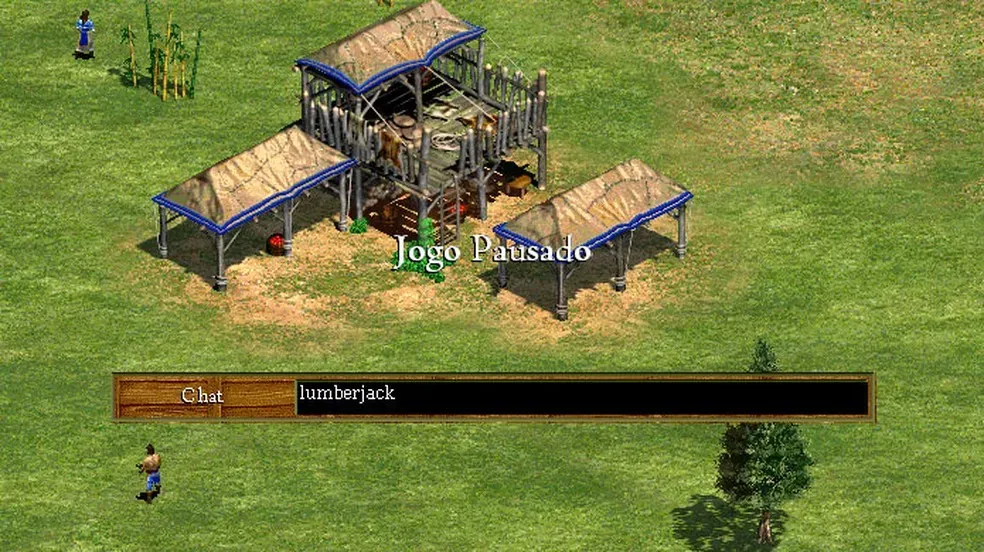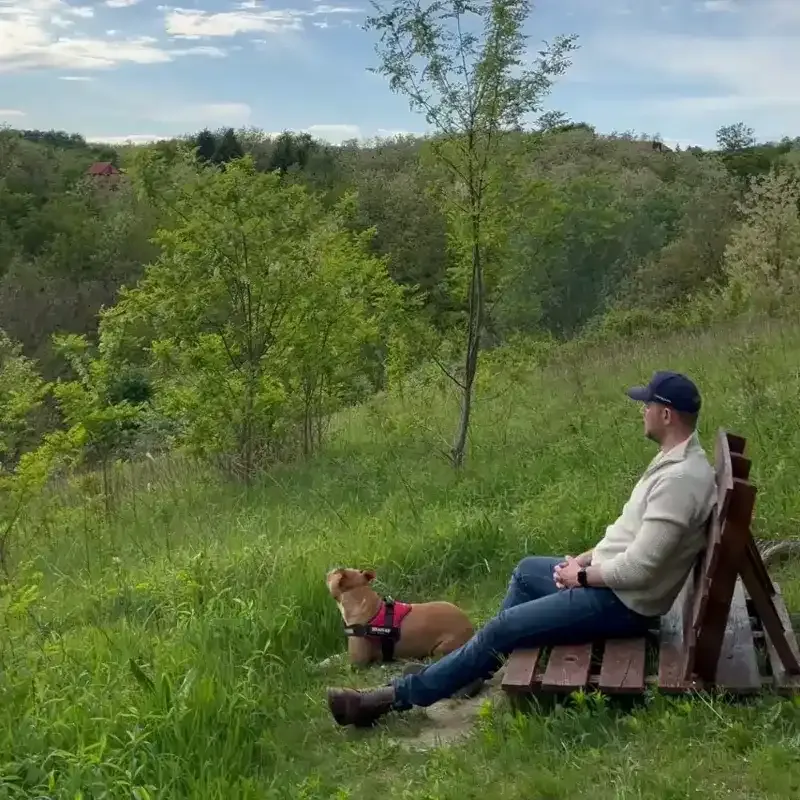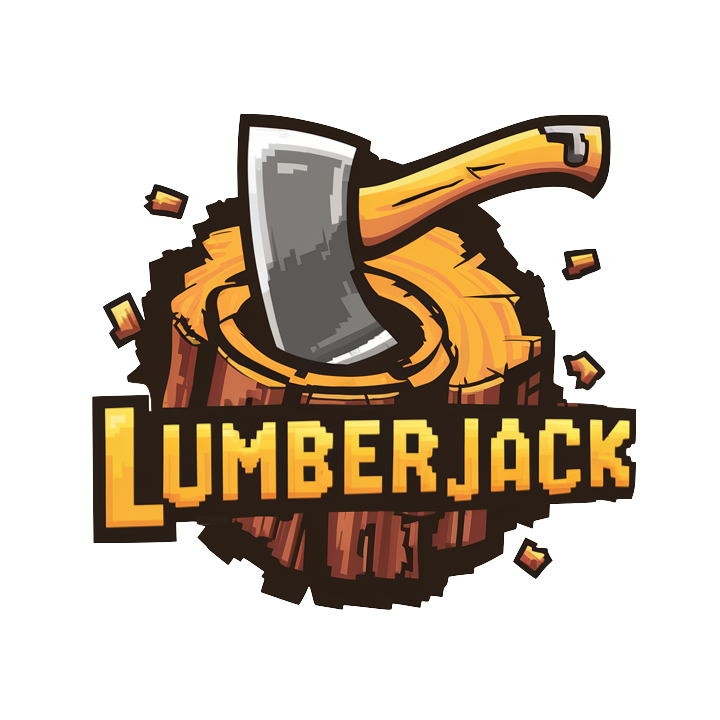What is the Lumberjack?
On September 30, 1999, the video game Age of Empires II was released to an audience that didn't yet include me. My twin sisters would arrive a week later, and my family—working-class Hungarians with calloused hands and practical minds—had more pressing concerns than computer games. We wouldn't own a computer for another two years.
When that first machine finally arrived, I discovered the game that would, improbably, teach me to type. Age of Empires II was punishing for a ten-year-old: never enough resources, never enough time. But there were cheat codes. One in particular caught my attention: typing lumberjack granted you 1,000 pieces of wood. So I typed it again. And again. Hundreds of times per session, as fast as my small fingers could manage.

The clipboard function didn't work, so I had to type the full word each time. Within months, I could do it blind. I had accidentally given myself a skill that would define my relationship with technology: the ability to make machines do what I needed them to do, even if it meant exploiting the system.
The Workshop at the End of the Garden
My grandfather, whom everyone called Tata, kept a workshop at the end of his garden, wedged between house and garage. The centerpiece was a bench vise—a simple tool that he treated with near-religious reverence.
"A workshop without a bench vise," he told me once, gripping its worn handle, "isn't a workshop at all. This makes everything I build ten times faster and easier."
Tata came from a world where scarcity was ambient, like humidity. My grandparents were masons, seamstresses, nurses—people who understood that resources were finite and time was always running out. But Tata had discovered something the others hadn't: you could have anything you wanted if you were content with what he called "a good enough substitute."
When he bought a run-down house in his retirement, everyone thought he was crazy. He rebuilt it with his hands, teaching himself each skill as needed. When I cried about the magnificent walnut tree that had to be cut down—hollow with disease—he didn't dismiss my grief. Instead, he left a three-foot stump and built a concrete table where the tree once stood. While the concrete dried, he etched the date with a nail.
Thirty years later, that table remains.
"You can always find things you need but cannot afford," he explained years later. "But you can have anything you want, even now, if you're content with a good enough substitute."
The Digital Workshop
Today, I spend most of my waking hours staring at screens. According to recent data, the average person spends 6.5 hours online daily. We've built entire lives in this imaginary world: multiple bank accounts, endless subscriptions, smart homes that need constant management. Our digital existence has become as complex as any physical household, yet we've been trained to accept its limitations as immutable.
When an app frustrates us, we download another. When a service fails us, we switch providers. We've become digital consumers rather than digital craftsmen. But I think of Tata often when I face these moments. If he were fifty years younger, he wouldn't accept the tyranny of predetermined functionality. He'd sketch what he wanted, metaphorically put his smartphone in a bench vise, and figure out how to bend it to his will.
This realization led me to my own digital workshop. Where Tata had his bench vise, I have my computer. Where he had wood and metal, I have APIs and automation tools. The materials are different, but the philosophy is identical:
Why accept the world as given when you can reshape it to your needs?
Building Without Code
If I learned anything in over a decade in tech it's this:
- 100% of the problems small businesses and families face can be solved with coding.
- 99% of those same problems can be solved without writing a single line of code.
The difference is simple. Coding might give you the perfect, scalable, secure solution, but it will be slow, expensive, and often unnecessarily complex.
No-code tools and AI—today's digital lumber—can give you a good enough substitute in a fraction of the time.
When my wife wanted a system to track our household tasks (she's organized; I have ADHD and forget things), I didn't hire a developer. I bought a template and customized it, adding automation to pull our financial data, using AI to categorize spending and alert us when we veer off budget. When I realized I could use Siri and Reminders to combat my forgetfulness but kept forgetting to check them, I jerry-rigged a solution that pushed everything to my calendar.
These aren't elegant solutions. They're held together with digital duct tape and the software equivalent of wood glue. But they work. They solve real problems for real people, immediately and affordably. They're good enough substitutes.
The Inheritance We Leave
My daughter will arrive in late September, entering a world Tata left just months before. She'll grow up as a digital native in ways I can barely imagine, facing problems I can't yet conceive of, in spaces that don't yet exist. My job—our job—is to prepare her not with specific technical knowledge but with the deeper understanding that Tata gave me: anything is possible if you're willing to build it yourself.
When she comes to me wanting a playground, I can build one in the backyard, just as Tata did for me. But when she wants to create a video game about her imaginary worlds, I can help her build that too. Not because I'm a programmer—I'm not—but because I've learned to type "lumberjack" in a thousand different ways.
Theodore Roosevelt spoke of "the strenuous life," rejecting "ignoble ease" in favor of "toil and effort." But the strenuous life today isn't just about physical labor. It's about refusing to accept the limitations of our digital tools, about maintaining agency in spaces designed to make us passive consumers.
Every time we accept that we're at the mercy of distant developers, every time we shrug and say "that's just how the app works," we cede a little more control over our lives. But every time we hack together a solution—ugly, imperfect, but functional—we reclaim that power.
The Good Enough Revolution
The maker movement celebrates those who rebuild toy cars into magnificent machines for their children, who construct elaborate playrooms from scratch. But there's a parallel movement happening in our digital spaces, quieter but no less revolutionary: people building their own tools, automating their own workflows, creating good enough substitutes for expensive, restrictive software.
This isn't about becoming a programmer. It's about recognizing that in a world where we spend a third of our waking hours online, digital competence isn't optional—it's a fundamental life skill. Just as previous generations needed to know basic carpentry, basic mechanics, basic gardening, we need to know basic automation, basic AI prompting, basic system-building.
The bench vise is still there in Tata's workshop, worn smooth by decades of use. Tata himself left us in 2024, but his tools remain, waiting. My workshop looks different—a study with a computer and a home studio—but it serves the same purpose. It's where I go to solve problems, to build things my family needs, to maintain our autonomy in an increasingly dependent world.
When I was young, I cried over a dying tree. Tata showed me that death didn't have to mean disappearance—that with creativity and effort, we could transform loss into something useful and lasting. Now he's gone too, but his lesson remains more relevant than ever. Today's challenge is similar: How do we transform our digital frustrations into opportunities for creation? How do we teach our children not just to use technology but to shape it?
The answer, I think, lies in that simple cheat code I typed thousands of times as a child. Not because cheating is the point, but because it taught me something crucial: every system has flex, every limitation has a workaround, and if you're willing to type "lumberjack" enough times—in whatever form that takes—you can build the world you need.
Even if it's just a good enough substitute.


